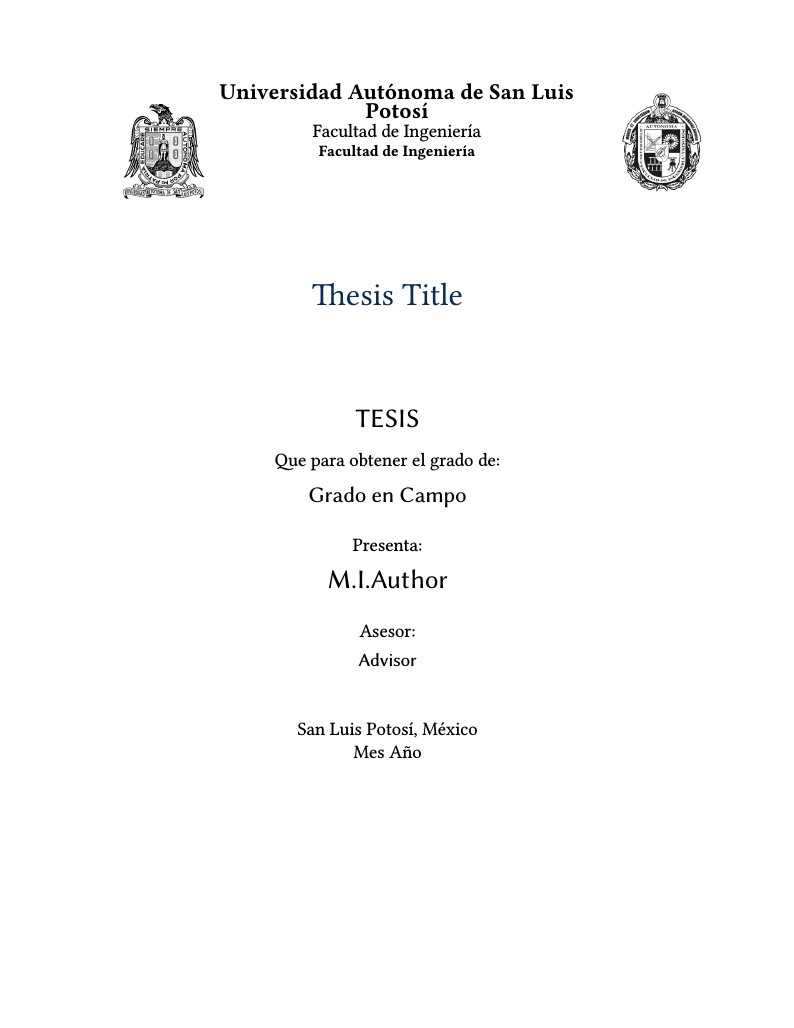
Thesis Template UASLP
Author:
Miguel Esparza
Last Updated:
9 лет назад
License:
Creative Commons CC BY 4.0
Аннотация:
Thesis template for UASLP

\begin
Discover why over 20 million people worldwide trust Overleaf with their work.
Thesis template for UASLP

\begin
Discover why over 20 million people worldwide trust Overleaf with their work.
%!TEX TS-program = xelatex
%!TEX encoding = UTF-8 Unicode
% Modify the following line to match your school
% Available options include `UASLP_ENG`
%\documentclass[School=UASLP_ENG]{Dissertate}
\documentclass[School=UASLP_ENG]{Dissertate}
\usepackage{breqn}
\usepackage{varwidth}
%Tikz packages
\usepackage[siunitx, american, smartlabels, cute inductors, americanvoltages]{circuitikz}
\usetikzlibrary{shapes.geometric}
\usetikzlibrary{arrows.meta,backgrounds}
\usetikzlibrary{decorations.pathreplacing}
\makeatletter
\ctikzset{lx/.code args={#1 and #2}{
\pgfkeys{/tikz/circuitikz/bipole/label/name=\parbox{1cm}{\centering #1 \\ #2}}
\ctikzsetvalof{bipole/label/unit}{}
\ifpgf@circ@siunitx
\pgf@circ@handleSI{#2}
\ifpgf@circ@siunitx@res
\edef\pgf@temp{\pgf@circ@handleSI@val}
\pgfkeyslet{/tikz/circuitikz/bipole/label/name}{\pgf@temp}
\edef\pgf@temp{\pgf@circ@handleSI@unit}
\pgfkeyslet{/tikz/circuitikz/bipole/label/unit}{\pgf@temp}
\else
\fi
\else
\fi
}}
\ctikzset{lx^/.style args={#1 and #2}{
lx=#2 and #1,
\circuitikzbasekey/bipole/label/position=90 }
}
\ctikzset{lx_/.style args={#1 and #2}{
lx=#1 and #2,
\circuitikzbasekey/bipole/label/position=-90 }
}
\makeatother
\usetikzlibrary{plotmarks}
\usetikzlibrary{positioning}
\usetikzlibrary{matrix}
\usetikzlibrary{calc}
\usetikzlibrary{chains}
% Drawing libraries
\usepackage{pgfplots}
\pgfplotsset{compat=1.12}
\usepackage{booktabs}
\usepackage{multirow}
\usepackage{placeins}
%*** PDF, URL AND HYPERLINK PACKAGES ***
%\usepackage[hidelinks,colorlinks=false]{attachfile}
\newcommand{\setmuskip}[2]{#1=#2\relax}
\usepackage{subcaption}
\def\mathbi#1{\textbf{\em #1}}
\tikzstyle{designable element}=[ellipse,draw=blue,fill=blue!20]
\tikzstyle{design objective}=[circle,draw,fill=black!10,minimum size=2cm,text width=1.5 cm, text centered]
\tikzstyle{external input}=[rectangle,draw=green,fill=green!20,minimum size=2cm,text width=1.5 cm, text centered]
\usepackage{threeparttable}
\usepackage{textcomp, libertine}
\newcolumntype{L}[1]{>{\raggedright\let\newline\\\arraybackslash\hspace{0pt}}m{#1}}
\newcolumntype{C}[1]{>{\centering\let\newline\\\arraybackslash\hspace{0pt}}m{#1}}
\newcolumntype{R}[1]{>{\raggedleft\let\newline\\\arraybackslash\hspace{0pt}}m{#1}}
\usepackage{steinmetz}
\usepackage{siunitx}
\newcommand{\mathbfi}[1]{\boldsymbol{#1}}
\usepackage{acro}
\input{frontmatter/listofacronymspage}
\begin{document}
% the front matter
\input{frontmatter/personalize}
\maketitle
\copyrightpage
\abstractpage
\cleardoublepage
\include{frontmatter/contenido_espa}
\tableofcontents
\listoffigures
\listofacronyms
\listofcontributions
\dedicationpage
\acknowledgments
% include each chapter...
%\setcounter{chapter}{0} % start chapter numbering at 0
\include{chapters/introduction}
\include{chapters/chapter_1}
\include{chapters/chapter_2}
\include{chapters/conclusion}
\begin{appendices}
\include{chapters/appendixA}
\end{appendices}
\singlespacing
% the back matter
\clearpage
\addcontentsline{toc}{chapter}{References}
\bibliography{references}
\bibliographystyle{IEEEtran}
\include{endmatter/colophon}
\end{document}